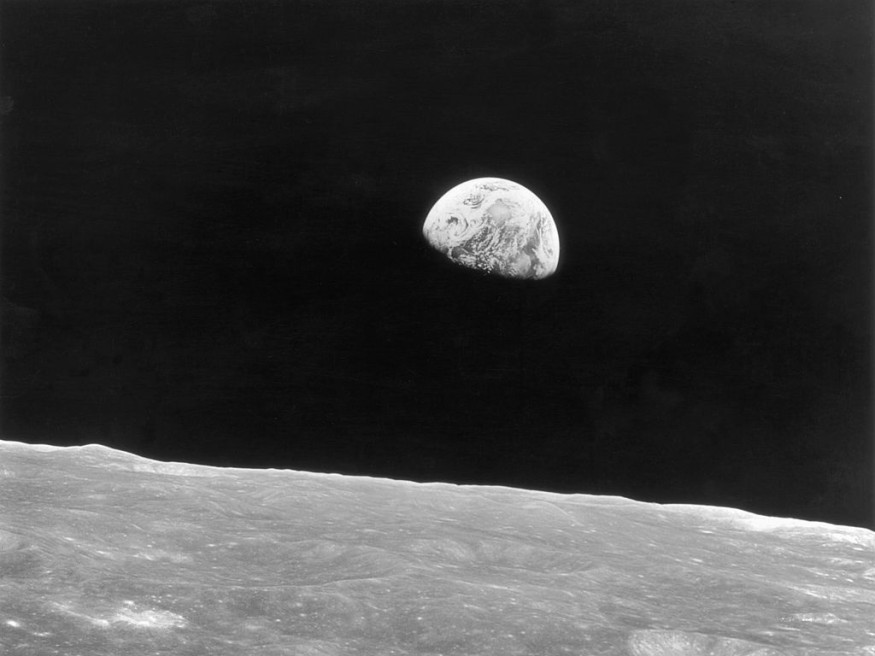On December 1, at an incredibly close reach, Near-Earth Object 2020 SO flew over Earth. It got stuck in Earth's orbit, bringing a fresh 'mini-moon' to our world. However, Earth's second moon will make a near approach next week to the planet before floating out into space, never to be seen again.
In September 2020, as it came near to Earth, Entity 2020 SO was first spotted. It was first believed to be a comet, but it was about half the gap between Earth and the (real, primary) moon at a comparatively low altitude. With most astronomers agreeing it was actually artificial in nature, controversy ensued about whether it was.

What is SO 2020?
Now and again, tiny objects get momentarily caught in our planet's orbit. Before being hurled out into orbit, they live for a brief time. Objects like that are referred to as mini-moons.
NASA finds that the object has made many near-Earth approaches through the decades, including getting reasonably close in the 1960s, per Live Science. That's the year the organization deployed its Surveyor 2 lunar probe on the tail of a Centaur booster rocket.
Near-Earth object 2020 SO: rotation and time-lapse – 01 Dec. 2020 -Via @masi_gianluca and the @VirtualTelescop Project: https://t.co/aV3usbtX2e - The suspected Surveyor 2 Centaur upper stage has developed a pronounced tumble over the years: pic.twitter.com/HsMu31o5cP
— Dave Dickinson (@Astroguyz) December 2, 2020
The Pan-STARRS survey discovered the said object on September 17, 2020. Scientists have established what the object is by utilizing data obtained at the NASA Infrared Telescope Facility (IRTF) and orbit research from the Center for Near-Earth Object Studies (CNEOS) the NASA Jet Propulsion Laboratory.
That is before last year it passed so close and got caught up in our gravity field. Next week, 2020 SO is now set to allow the second near approach. It's supposed to break free again after that and go back into orbit around the planet.
On December 1 (the day before NASA named it as the long-lost booster), this non-moon minimoon made its nearest approach to Earth. But according to EarthSky.org, it is going back for one more victory lap.
This fly-by won't be as near as December, but it will still be closer to our world than our real moon for a short time.
Object 2020 breaks loose and heads around the sun towards a new orbit. NASA made an animation to demonstrate the direction the entity is taking:
How to Say Goodbye to Mini Moon At Your Home
You've got an opportunity to see the online 2020 SO. On the night of February 1, the Interactive Telescope Project in Rome will show the object online.
The live feed is set to start at 22:00 UTC on the night of February 1, 2021 (that's February 1 at 4 p.m. Central, 2 p.m. North American Pacific, 5 p.m. Eastern Time).
In 2 days from now, 2020 SO will enter Earth's orbit.
— Tony Dunn (@tony873004) October 12, 2020
Non-gravitational acceleration suggests it is manmade, likely the Surveyor 2 Centaur rocket booster launched in 1966. It will likely continue to orbit Earth until spring, 2021.https://t.co/wNsO6mpTZbhttps://t.co/WXoQxaAdQe pic.twitter.com/XjBh1CRj54
That is when SO will be at its peak above the robotic telescopes of the Virtual Telescope in central Italy in 2020.
Check out more news and information on Space on Science Times.










